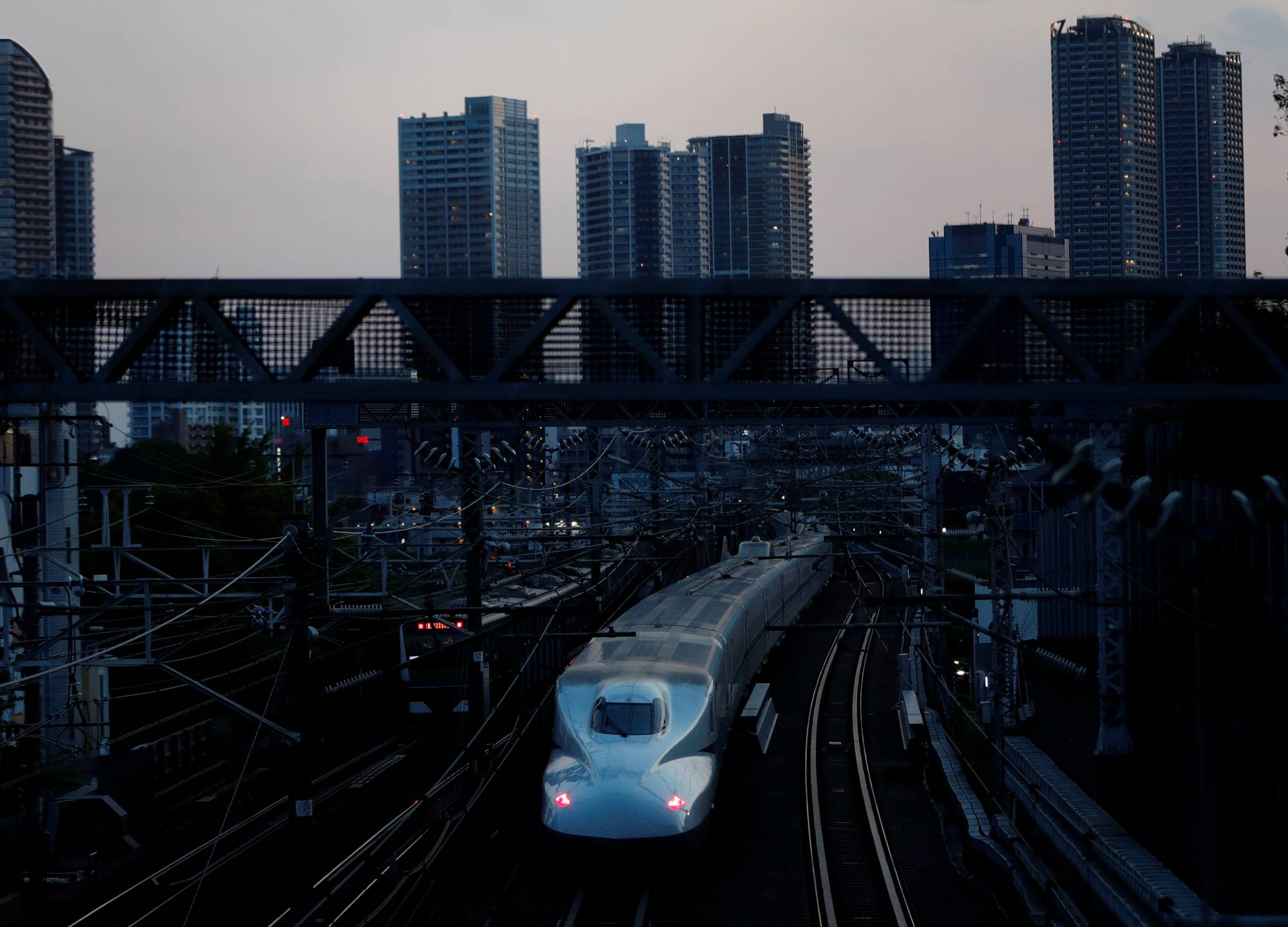In the national quest to go carbon neutral by the year 2050, reducing the 17.4% of Japan’s carbon dioxide emissions that come from the transportation sector will be a crucial piece of the puzzle.
Already, there’s been some positive steps in that direction.
According to data from the Ministry of Land, Infrastructure, Transport and Tourism, the sector’s carbon dioxide emissions have declined annually since 2001, and are now 70% of what they were at their peak. Meanwhile, government policies and industry initiatives have made substantial progress solving environmental problems in areas ranging from harmful particulate matter and vehicle recycling.

















With your current subscription plan you can comment on stories. However, before writing your first comment, please create a display name in the Profile section of your subscriber account page.